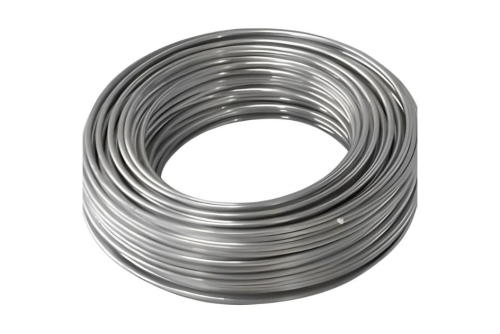One of the best maintenance management practices is to use a computerized maintenance management system. Already, approximately 39% of facility managers use CMMS to manage their assets, facilities, and workforce. According to researchers, the CMMS market share will reach 1.5 billion dollars by 2025, with a CAGR of 9.8 percent.
Computerized maintenance management system suites are undergoing transformation and evolution, with AI and IoT having the greatest impact on their evolution. This article will go over CMMS market trends and features in greater detail to help you understand the software's potential and relevance to your organization.
What is CMMS?
Let's start with the basics: what exactly is CMMS? CMMS stands for computerized maintenance management software, and it is used to manage your organization's physical assets and facilities, including vehicle and fleet management.
CMMS systems have a wide range of functionalities that aid in the optimization of various maintenance-related processes within an organization. Some of the features elaborating how to improve maintenance performance with CMMS system are listed below:
Optimizes maintenance schedules to facilitate streamlined workflow management.
Real-time monitoring and tracking of a company's physical assets are supported.
Enhance fleet management with better tracking of on-road fleets
Promote preventive and proactive maintenance practices over manually driven reactive maintenance practices.
Facilitates preventive maintenance by intelligently scheduling maintenance and repairs to keep equipment and assets operational throughout their life cycle.
Processing maintenance requests from open to close help with work order management.
Helps with inventory management, such as procurement, purchasing, automatic reordering, and other inventory practices.
Simplifies the reporting, analyzing, and auditing processes. The software can generate products in a variety of maintenance categories, including materials usage, labor, and material costs, asset availability, supplier evaluation, and much more.
The software's built-in analytics can assist you in analyzing data and creating visually appealing reports to support your business decisions.
Trends in the CMMS Market
Shifting to Servitization
CMMS tools are used by manufacturing companies to manage their service operations. But with manufacturing companies shifting to servitization with outcome-based service delivery models, the use of CMMS systems has increased to mass adoption.
CMMS tools assist companies in effectively managing their service operations, improving turnaround time, and generating data insight to eliminate gaps in service operations, drive productivity, and deliver an awesome customer experience—all of which are goals of every manufacturing company that uses an outcome-based service model.
Adoption at large
Although CMMS will be widely used at the enterprise level before 2025, it will also be widely used in the regional market.
The rise of APM
Developers are constantly working to improve CMMS features. APM is the next step up from traditional CMMS. It stands for asset performance management, which combines CMMS maintenance scheduling with EAM asset management features. APM will improve the interoperability of various maintenance management software tools.
AI and IoT Play a Role
Integration of IoT and AI technology in CMMS software is the way of the future. Smart device use is growing at an exponential rate, and these smart devices will require smart maintenance services to avoid downtime. To meet the demand, CMMS software suites will incorporate IoT and AI features on a broader scale.
How can CMMS help you?
In today's technology-driven business world, survival requires innovation. If a maintenance-intensive organization has not already done so, the immediate course of action is to implement a CMMS tool into its maintenance management practice.
There are numerous reasons why CMMS solutions are regarded as one of the best maintenance practices. A CMMS has enormous potential for increasing work efficiency. It improves the bottom line by reducing the operational challenges associated with maintenance-intensive industries
There are two kinds of CMMS software on the market:
Ready-to-deploy software suites for general use are one type of category. This software suite addresses the fundamental features and functionalities that are common to maintenance-intensive organizations. These are low-cost and simple to implement. They do, however, lack specialized features that may be required by specific industries. A waste management company, for example, has different maintenance requirements than a plumbing company.
Custom CMMS software is another category. It is commonly assumed that the time to market for custom software is excessively long. However, this is not the case because custom software development includes not only the creation of new software but also the modification of pre-existing designs with agile features specific to any industry type.
Endnote
If you want to receive the best CMMS custom software development services, you should work with a software development company that specializes in software suite maintenance. A specialized affordable and effective CMMS software development company's development team would have strong research and development expertise in the field of maintenance management. They would be able to create a more relevant product for you based on their prior experience developing maintenance management-specific software. Not only will you benefit from development services, but you will also benefit from a good consultancy that will assist you in understanding and incorporating the latest features into your product while reducing time to market.












